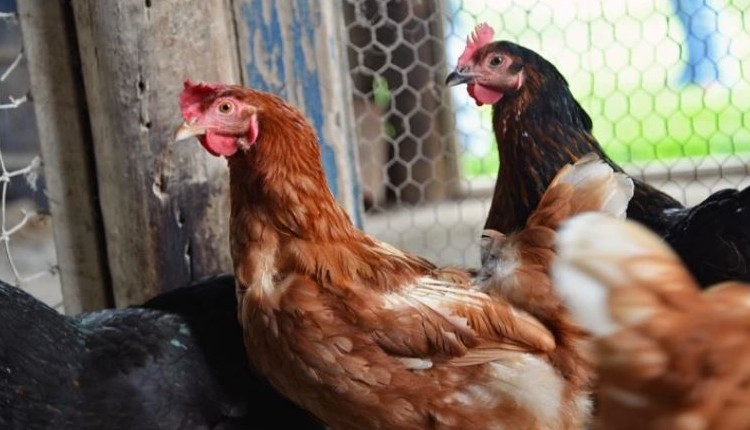Tokyo: The H5N1 highly pathogenic avian flu virus may be more infectious to humans if passed on from cattle than directly from birds, local media reported, citing a team of researchers in Japan.
The researchers led by Yoshihiro Kawaoka, director of the University of Tokyo, Pandemic Preparedness, Infection and Advanced Research Center, published their findings in the online edition of the British scientific journal Nature dated July 9, reported Xinhua news agency.
The team used receptors in human respiratory cells to react with both bovine-derived and avian-derived H5N1 viruses and found that the bovine-derived virus had stronger binding strength than the avian-derived virus, with the data suggesting that the former “more efficiently infects humans” than the latter, the media report published in Japanese daily Mainichi Shimbun said on Wednesday.
The researchers also confirmed that bovine-derived virus is highly pathogenic to mice and ferrets. When ferrets and mice were infected with bovine-derived H5N1, the virus multiplied throughout the body, including the brain and muscles, and was highly virulent, it added.
“It has been suggested that the nature of the virus may have changed. We should be concerned about human-to-human transmission as well in the future,” Kawaoka said.
The H5N1 strain is characterised by its extremely high infectivity and virulence in birds. Global outbreaks began in the 2000s, causing mass deaths of chickens in many regions.
A series of cases of infection in various mammals have been found since 2020, with 28 human infections reported to the World Health Organisation, but no cases of human-to-human transmission have been confirmed, Mainichi Shimbun reported.
The H5N1 highly pathogenic avian flu virus may be more infectious to humans if passed on from cattle than directly from birds, local media reported, citing a team of researchers in Japan.
The researchers led by Yoshihiro Kawaoka, director of the University of Tokyo, Pandemic Preparedness, Infection and Advanced Research Center, published their findings in the online edition of the British scientific journal Nature dated July 9, reported Xinhua news agency.
The team used receptors in human respiratory cells to react with both bovine-derived and avian-derived H5N1 viruses and found that the bovine-derived virus had stronger binding strength than the avian-derived virus, with the data suggesting that the former “more efficiently infects humans” than the latter, the media report published in Japanese daily Mainichi Shimbun said on Wednesday.
The researchers also confirmed that bovine-derived virus is highly pathogenic to mice and ferrets. When ferrets and mice were infected with bovine-derived H5N1, the virus multiplied throughout the body, including the brain and muscles, and was highly virulent, it added.
“It has been suggested that the nature of the virus may have changed. We should be concerned about human-to-human transmission as well in the future,” Kawaoka said.
The H5N1 strain is characterised by its extremely high infectivity and virulence in birds. Global outbreaks began in the 2000s, causing mass deaths of chickens in many regions.
A series of cases of infection in various mammals have been found since 2020, with 28 human infections reported to the World Health Organisation, but no cases of human-to-human transmission have been confirmed, Mainichi Shimbun reported.
(IANS)
















